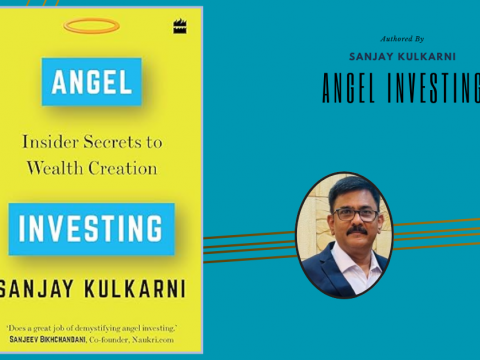- Have any questions?
- [email protected]
Navigating the High-Speed World of Finance: A Comprehensive Analysis of “Flash Boys” by Michael Lewis

Darwinbox: Transforming HR Management with Innovative HCM Solutions
March 12, 2025
Nourish You: Pioneering India’s Superfood and Plant-Based Nutrition Revolution
March 19, 2025“Flash Boys” by Michael Lewis is a gripping exposé that sheds light on the controversial practice of high-frequency trading (HFT) and its impact on the financial markets. In this comprehensive analysis, we will delve into the key themes, characters, and revelations presented in Lewis’s book, uncovering the hidden world of Wall Street and the individuals who seek to level the playing field against predatory trading practices.
1. The Rise of High-Frequency Trading:
Central to “Flash Boys” is the phenomenon of high-frequency trading (HFT), where powerful computers execute trades at lightning-fast speeds, often microseconds ahead of traditional investors. Lewis explores how HFT firms exploit technological advantages to gain an unfair edge in the markets, front-running orders and profiting at the expense of slower traders.
2. The Story of Brad Katsuyama and the Investors’ Exchange (IEX):
Lewis follows the journey of Brad Katsuyama, a former trader who becomes disillusioned with the rigged nature of the stock market and sets out to create a fairer alternative. Katsuyama and his team launch the Investors’ Exchange (IEX), a stock exchange designed to thwart the tactics of high-frequency traders and protect investors from predatory practices.
3. Uncovering the Dark Side of Wall Street:
Through in-depth interviews and investigative reporting, Lewis exposes the dark underbelly of Wall Street, where profits are prioritized over fairness and transparency. He reveals how HFT firms exploit loopholes in the market structure, manipulate prices, and engage in questionable tactics to gain an edge, often at the expense of ordinary investors.
4. The Impact on Main Street Investors:
“Flash Boys” explores the impact of high-frequency trading on Main Street investors and the broader economy. Lewis highlights how HFT practices contribute to market volatility, erode investor confidence, and undermine the integrity of the financial system. He argues that the rise of HFT has widened the gap between Wall Street and Main Street, further disadvantaging retail investors.
5. The Fight for Market Integrity:
Lewis chronicles the efforts of Katsuyama and his team to challenge the status quo and restore integrity to the financial markets. Through the launch of IEX and their advocacy for market reforms, they seek to level the playing field and hold HFT firms accountable for their predatory practices. “Flash Boys” is ultimately a story of resilience, determination, and the quest for justice in the face of entrenched interests.
6. The Future of Financial Regulation:
In the final chapters of his book, Lewis reflects on the implications of HFT for financial regulation and the need for greater transparency and oversight in the markets. He calls for reforms that prioritize fairness, integrity, and investor protection, and warns of the dangers of unchecked greed and speculation in the financial industry.
“Flash Boys” by Michael Lewis is a compelling and eye-opening exploration of the world of high-frequency trading and its impact on the financial markets. Through his vivid storytelling and meticulous research, Lewis exposes the injustices of Wall Street and champions the efforts of those who seek to level the playing field for investors everywhere.





